Dr Nicole Ferdinand, Senior Academic in Events Management, recently returned from a week-long Erasmus mobility teaching exchange to BU Erasmus Partner, Haaga-Helia University of Applied Sciences in Porvoo, Finland. She had the opportunity to share some of her department’s cutting edge research and teaching practice. She led a series of workshops on scenario planning, inter-cultural communication and event evaluation using social media. Two of the sessions were based on research she had conducted whilst at BU. The approach used in the scenario planning workshop was based on Carnival Futures: Notting Hill Carnival 2020, a stakeholder-based approach to scenario planning which was funded by the King’s Cultural Institute. The methodology demonstrated in the event evaluation workshop was based on the Festival Impact Monitor (FestIM), which was funded by BU’s Fusion Fund. Nicole was joined for this workshop by her colleague, Dr Nigel Williams, FestIM’s Principal Investigator. As an added bonus, during her exchange she was allowed free entry to the Meeting Professionals International (MPI) Spring Mingle, which was being hosted at Haaga-Helia that week.
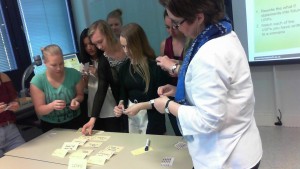
Haaga-Helia Events Management students joined by their lecturer, Monika Birkle for the Porvoo Events in 2050 workshop
Nicole’s week started with a scenario planning workshop entitled, Porvoo Events in 2050, in which students considered the future of events in Porvoo, given the uncertainties of the event and destination marketing skills of the industry and the yet to be formulated event development policy. Her second workshop, Improving Your Communication Skills by Killing the Russian Mafia, proved especially popular and was requested by three of Haaga-Helia’s lecturers for their student groups. Inter-cultural communication was a key skill that many Finnish students found especially challenging to acquire.
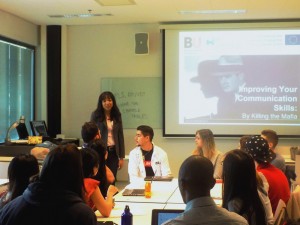
Students improving their communication skills by “Killing the Mafia”
Nicole was joined by her colleague Dr. Nigel Williams on the fourth day of her visit for the MPI Spring Mingle. Nigel was the event’s keynote speaker. Prior to the MPI event, Nicole and Nigel hosted a workshop for Haaga-Helia’s students who wanted to learn how to use social media data to undertake business and marketing research for events. Nicole also spent some of her remaining time promoting BU as an Erasmus destination and talking to staff and students planning Erasmus visits to BU next year.

Nicole and colleague Nigel meet Haaga-Helia staff and students and participate in the MPI Spring Mingle
Staff or students wishing to find out about going to Haaga-Helia for an Erasmus visit, please feel free to contact Nicole – nferdinand@bournemouth.ac.uk. She is happy to chat with you and has some helpful advice on preparing for a visit to Finland.

 We would like to invite you to the latest research seminar of the Creative Technology Research Centre.
We would like to invite you to the latest research seminar of the Creative Technology Research Centre.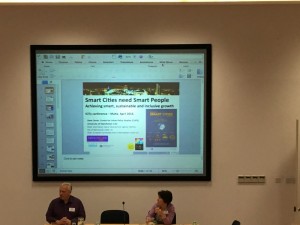
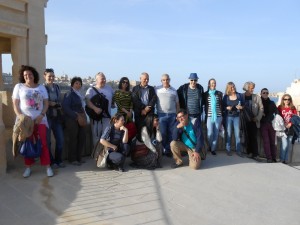
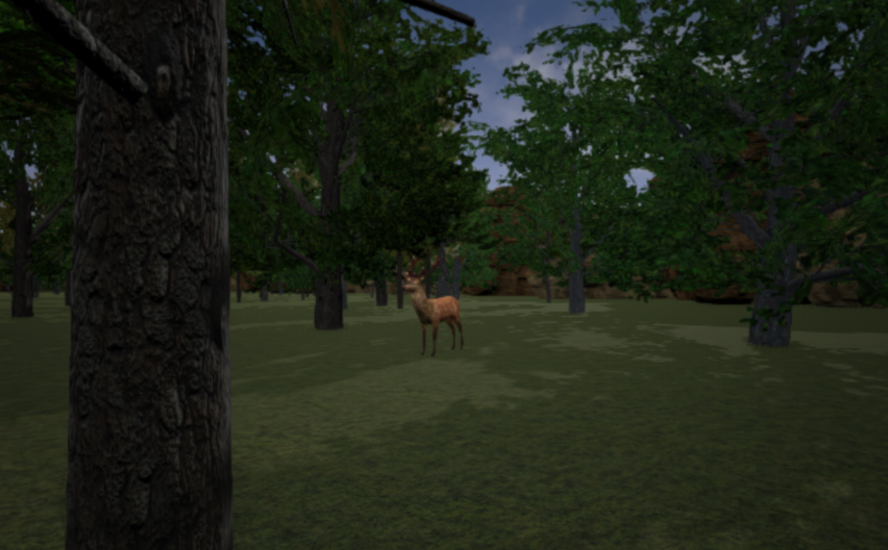



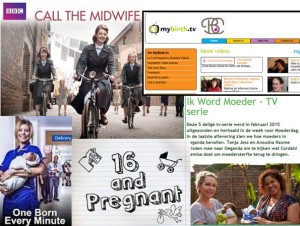 Our latest paper in the international journal BMC Pregnancy & Childbirth published late last month was highlighted yesterday in a
Our latest paper in the international journal BMC Pregnancy & Childbirth published late last month was highlighted yesterday in a  Our paper is great example of interdisciplinary research, as celebrated at the forthcoming Interdisciplinary Research Sector Day on June 21st (
Our paper is great example of interdisciplinary research, as celebrated at the forthcoming Interdisciplinary Research Sector Day on June 21st (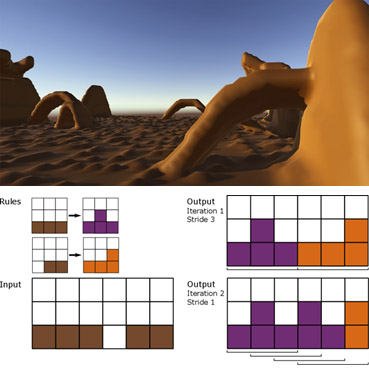


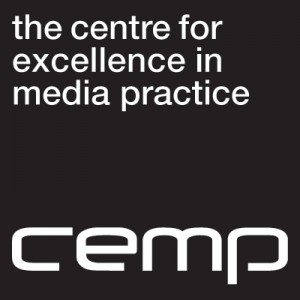













 BU attendance at third annual GCPHR meeting in June
BU attendance at third annual GCPHR meeting in June Interactive Tangible and Intangible Heritage Applications – BU student work featured in new book chapter
Interactive Tangible and Intangible Heritage Applications – BU student work featured in new book chapter Second NIHR MIHERC meeting in Bournemouth this week
Second NIHR MIHERC meeting in Bournemouth this week MSCA Postdoctoral Fellowships 2025 Call
MSCA Postdoctoral Fellowships 2025 Call ERC Advanced Grant 2025 Webinar
ERC Advanced Grant 2025 Webinar Horizon Europe Work Programme 2025 Published
Horizon Europe Work Programme 2025 Published Horizon Europe 2025 Work Programme pre-Published
Horizon Europe 2025 Work Programme pre-Published Update on UKRO services
Update on UKRO services European research project exploring use of ‘virtual twins’ to better manage metabolic associated fatty liver disease
European research project exploring use of ‘virtual twins’ to better manage metabolic associated fatty liver disease